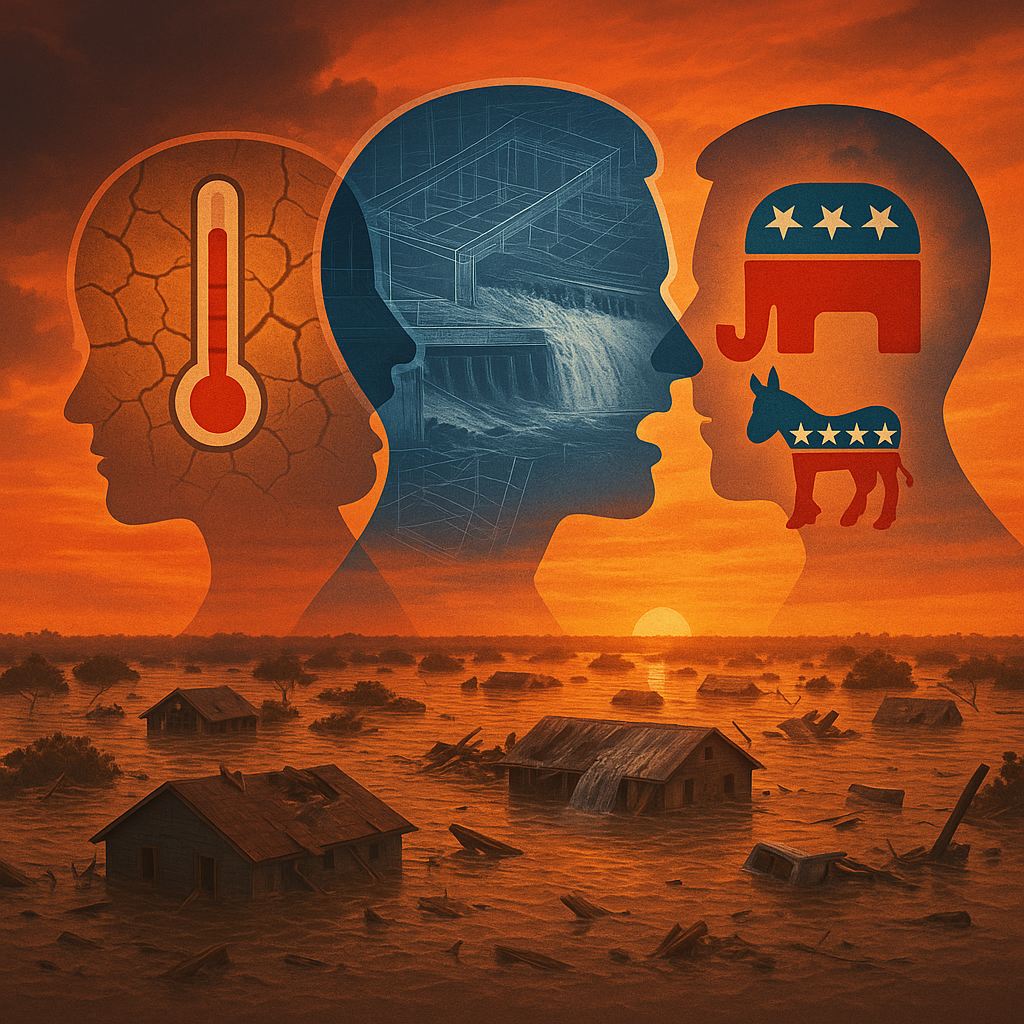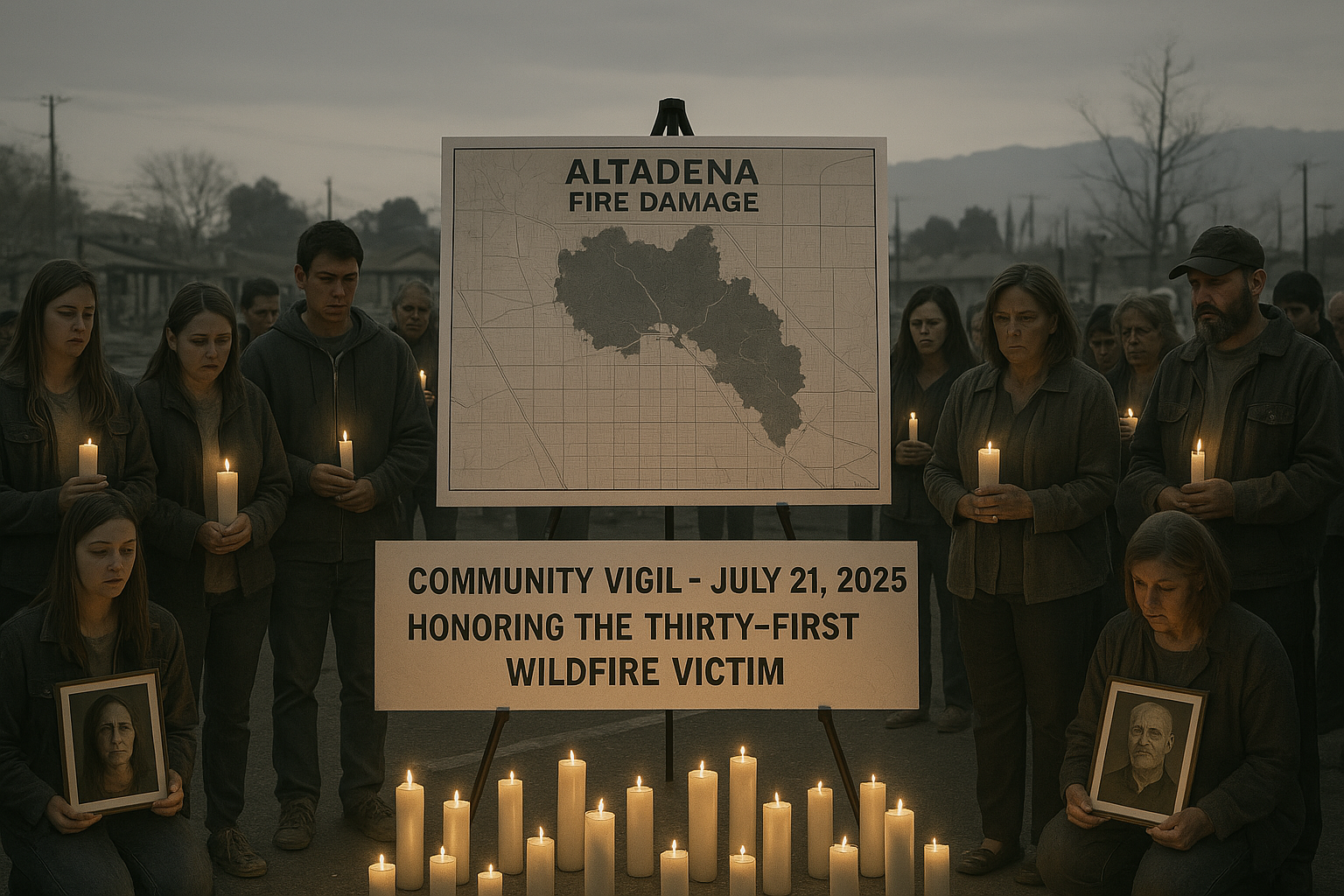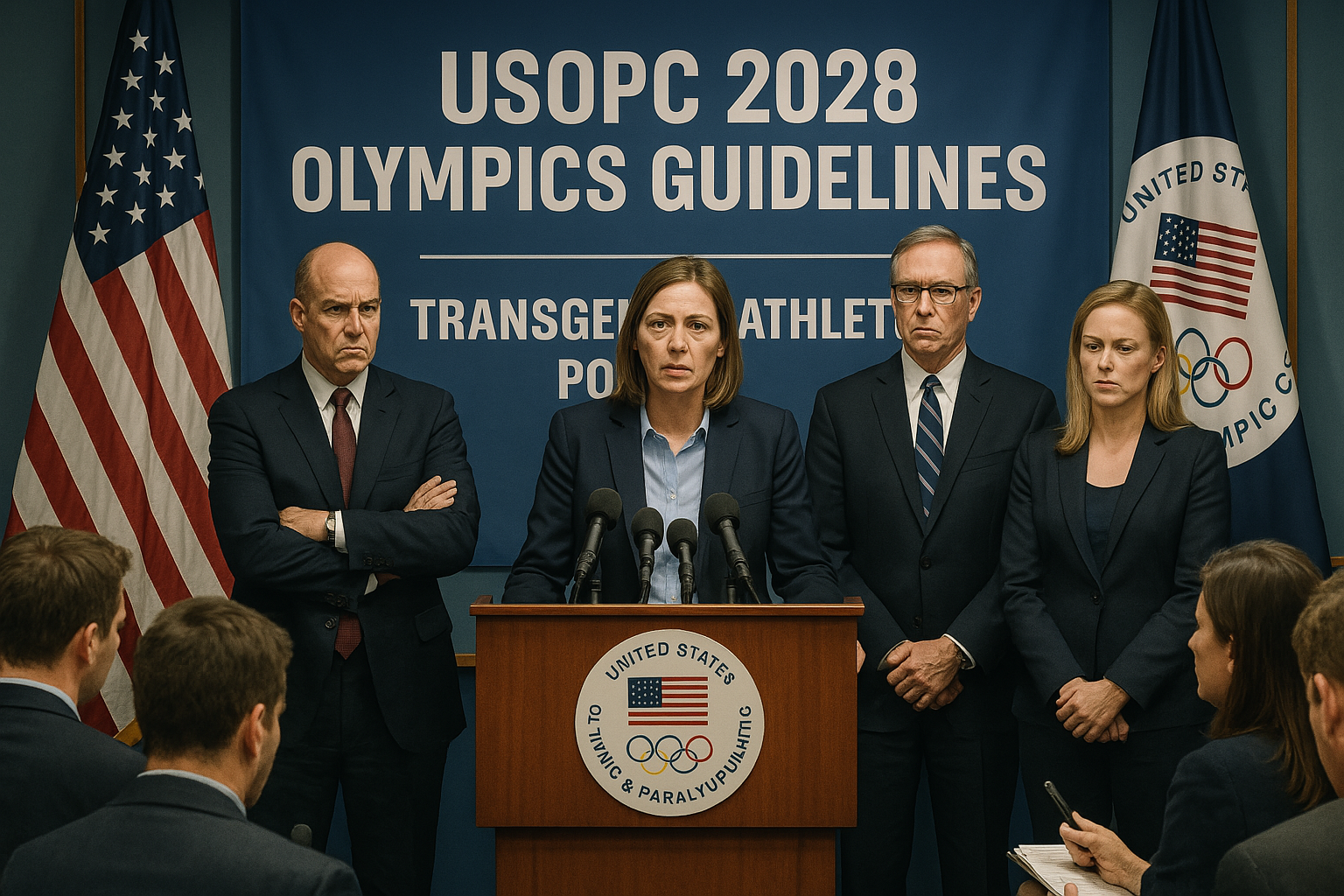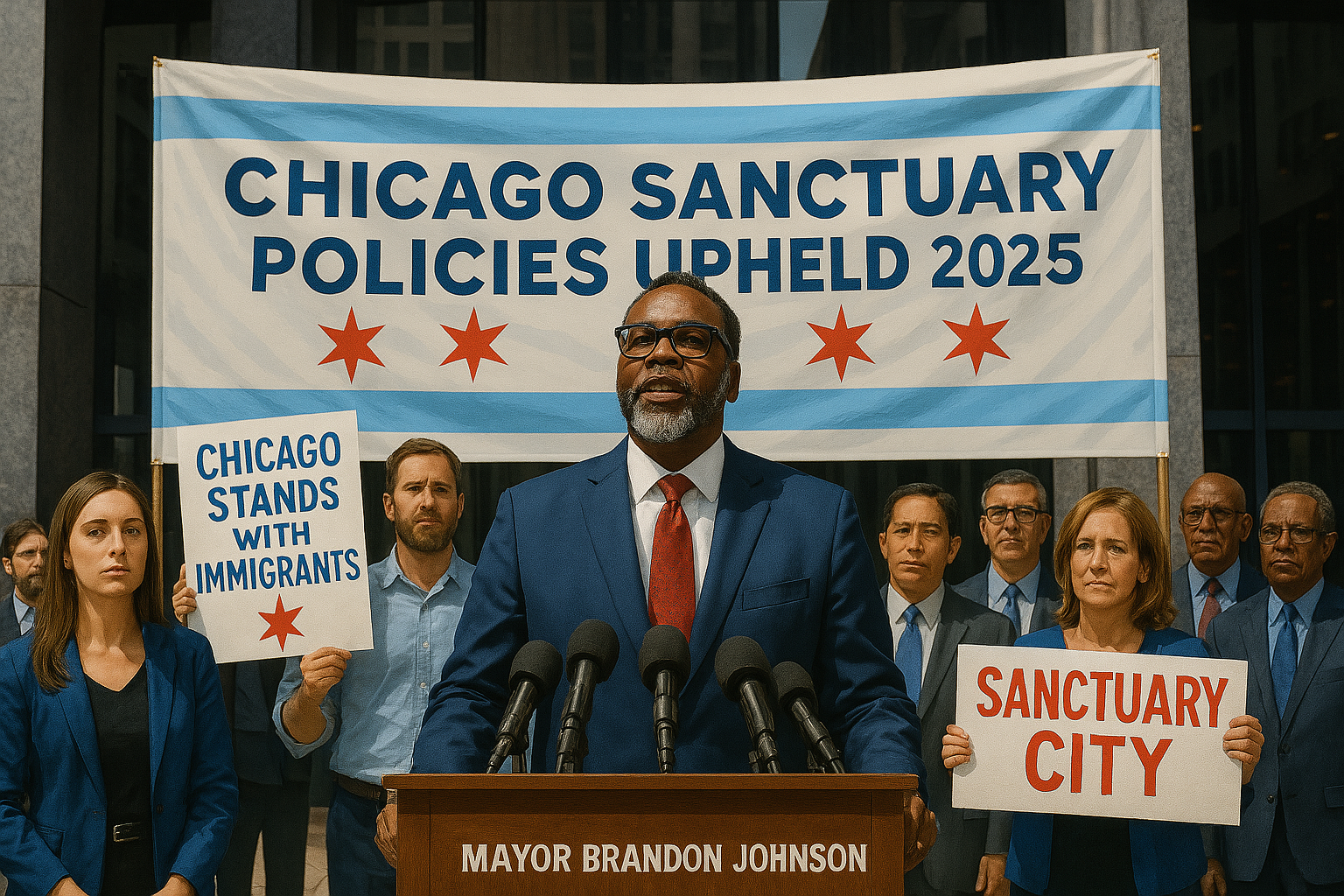Texas Floods: Climate Change, Infrastructure, and Politics Fuel Debate

AUSTIN, TX – As Texas grapples with the devastating aftermath of unprecedented flash floods, the rising waters have not only submerged homes but have also ignited a fierce debate. The ongoing discussion centres on the role of Texas floods and climate change, the adequacy of state infrastructure, and a burgeoning political blame game, all set against the backdrop of a humanitarian crisis.
The sheer scale of the flooding, which has left more than 100 people missing, has brought the issue of climate change to the forefront. Climate scientists from Texas A&M and the University of Texas at Austin are pointing to the event as a textbook example of climate-fueled intensification. They argue that warmer air holds more moisture, leading to the kind of record-breaking rainfall that overwhelmed the region. Activist groups are leveraging this moment to demand that state leaders move beyond rhetoric and implement substantive climate policy. This perspective, however, is met with organized skepticism. Some state officials and industry groups argue against linking a single weather event directly to long-term trends, cautioning that such a focus distracts from the immediate needs of disaster response and recovery.
This leads directly to the second major point of contention: the Texas infrastructure failure. For years, civil engineers and urban planners have warned that the state’s rapid, often unregulated, urban development has paved over crucial wetlands and prairies that once absorbed excess rainwater. Critics now argue that decades of underinvestment in flood control measures—including dams, levees, and drainage systems—combined with outdated zoning laws, created a perfect storm for disaster. They contend that while the rainfall was historic, its catastrophic impact was a man-made failure. State officials counter by emphasizing the “1,000-year flood” nature of the event, arguing that no amount of reasonable investment could have fully prepared for such an extreme deluge.
Amidst the suffering, a flood political blame game has inevitably erupted. Democrats are pointing to the Republican-led legislature’s track record on environmental deregulation and infrastructure spending cuts as direct causes of the catastrophe. Republicans, in turn, are accusing federal environmental regulations of slowing down crucial flood mitigation projects and are criticizing the disaster response coordination in Democrat-led cities. This political wrangling, from local city councils to the state capitol, risks diverting attention and resources from the immediate needs of search, rescue, and relief for the affected communities.
As Texans begin the long process of recovery, the floods have laid bare deep divisions. The tragedy is forcing a reckoning with difficult questions about the state’s future. Will Texas continue its model of rapid growth at the expense of environmental resilience? Will the conversation around Texas floods and climate change finally lead to policy shifts? The answers will shape the state for decades. This disaster serves as a stark reminder that such events are not merely environmental; they are complex social and political phenomena that test a community’s infrastructure, its political leadership, and its very ability to adapt to a changing world.










